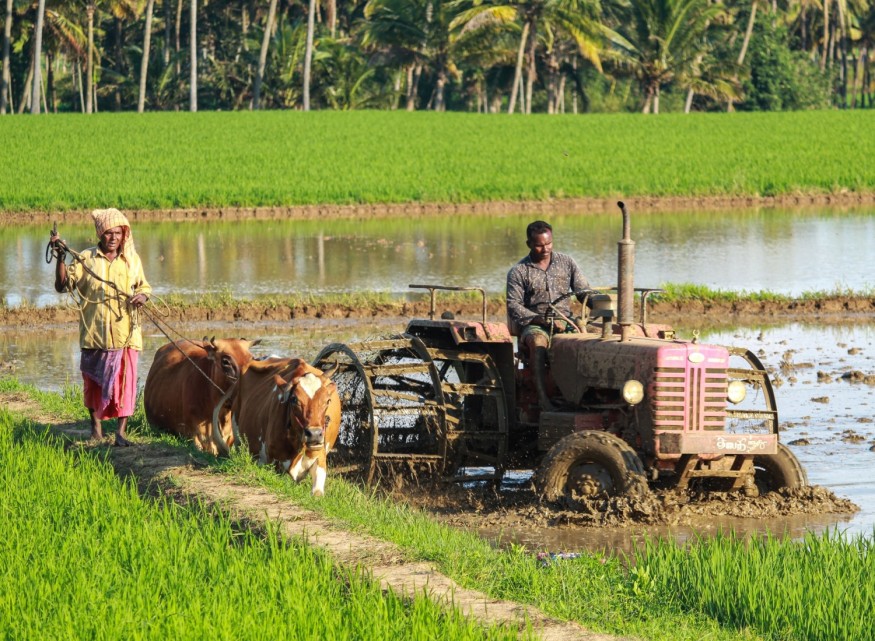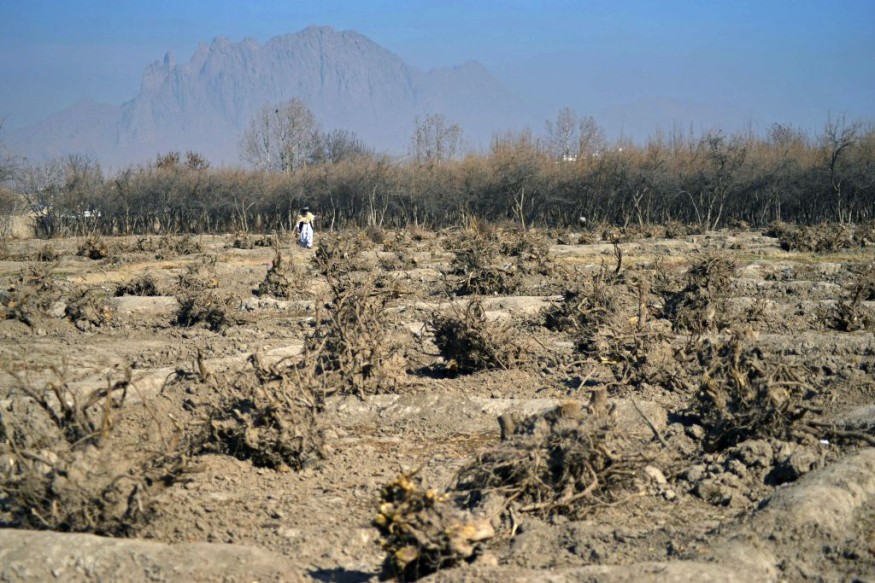What do farmers do when the heat becomes oppressive, and there is nothing more to do?
Worrying

Farmers in Walla Walla, Washington, observed something unusual happening to their onions in late June. Vineyards, wheat fields, and acres of the city's eponymous sweet onions abound in Walla Walla, an oasis in the center of the state's high desert. The huge onions began to burn as temperatures went past 100 degrees Fahrenheit, then above 110 degrees, with light blisters appearing beneath their papery skins. The onions began to fry when the temperature hit 116 degrees, their flesh disintegrating into mush.
Washington Heat

Washington isn't known for tremendous heat, but two air pressure systems clashed well above the farms and jail, forming a giant heat dome: a cap of warm air that sealed in the heat and impeded the passage of cold Pacific breezes. The week-long heat wave produced some of the highest temperatures the state has ever seen.
The warning had been raised by state officials and the media the week before. The Seattle Times reported that a "heat dome" might drive Western Washington temperatures into record territory on the first day of summer. The National Weather Service began issuing excessive heat watches and warnings in Oregon and Washington two days later for the upcoming weekend. "Spend more time in air-conditioned areas," Seattle and King County said in an emergency. Consider visiting a mall, movie theater, or other cool public locations if you don't have air conditioning." People across the state began hoarding ice and ice cream, while fans and air conditioners became increasingly scarce.
Also Read : At What Cost? Expert Discusses the Environmental Impact of Irresponsible Spending Behavior
Impact on Agriculture -

Climate change has several implications for agriculture. Warming tends to diminish yields beyond a specific temperature range because crops rush through their development, generating less grain. Rising temperatures further hamper plants' capacity to acquire and utilize moisture.
Reduced crop quantity and quality due to shortened growth periods caused by high temperatures; reduced sugar content, bad coloration, and storage stability in fruits; increased weeds, blights, and harmful insects in crops; reduced land fertility due to accelerated decomposition of organic substances; and increased soil erosion due to increased rainfall are all adverse effects of global warming.
Furthermore, each crop requires a unique temperature and habitat to thrive due to climate change, such as rising temperatures, the border and appropriate regions for cultivation moving north, and the primary areas of a production shift. Changes in the primary production areas may be a crisis for some areas but an opportunity for others; thus, they cannot be defined as good or negative influences.
Critical
In conclusion, climate change's effects on agriculture are equivocal, with effects offering possibilities and adverse effects causing expenses. As a result, it's critical to establish adaptation techniques that maximize possibilities while minimizing costs, resulting in long-term agricultural development.
Related Article : Water Scarcity to Worsen by More Than 80%, Agricultural Lands to be Severely Affected
For similar news, don't forget to follow Nature World News!
© 2025 NatureWorldNews.com All rights reserved. Do not reproduce without permission.





